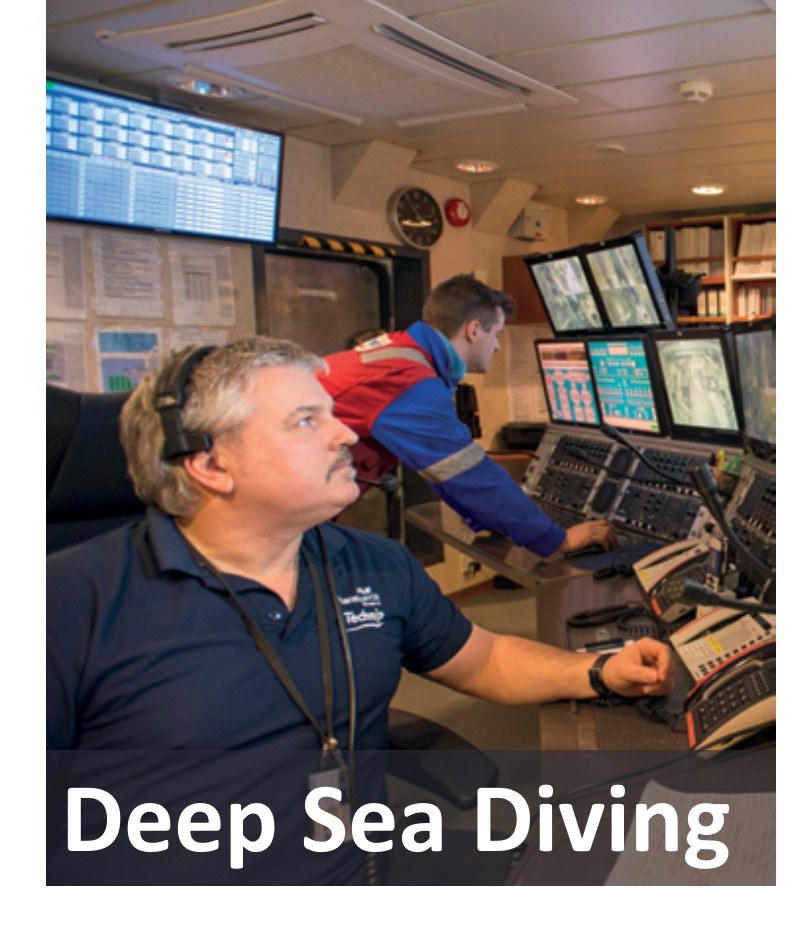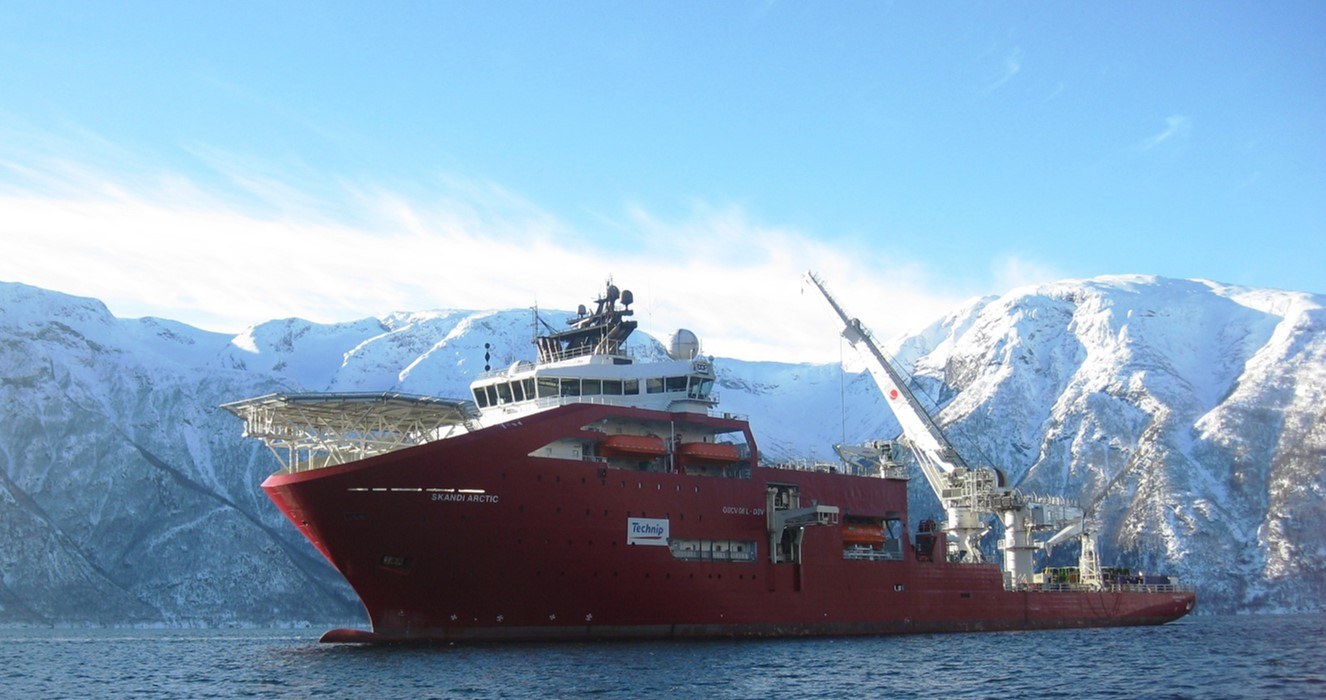Simplicity Improves Diving Safety
IMCA (International Marine Contractors Association) published this news article about how Technip’s (now TechnipFMC) operational personnel, armed with airline industry methods, present a new mindset for procedures design.

“We are using a new method for writing procedures which makes complex text clear and short,” explains Ryan Hutton, Governance and Compliance Manager for Technip’s fleet division.
“First, we break each procedure into digestible chunks. Second, we wash out stilted language, double-talk and any text not adding value. Third, we rebuild the text in a more logical order. Finally, we present the text using a NASA-based layout. The result is user-friendly procedures suitable for both new and experienced personnel.”
Operational personnel working together with safety management consultants, Lovoy A.S of Norway, developed procedure writing rules and concepts during a series of facilitated workshops. The principles are based on those used universally across the aviation industry.
Clear and Concise Methods
Technip chose to test the new methods on specific areas of diving operations as a pilot project.

Terje Lovoy, Senior Partner from Lovoy, explains: “We share our writing concepts and methods but Technip personnel have the diving knowledge, they do the real work during the workshops, deciding what information we need and what information can go.
“Our goal is concise text. Concise means being brief and clear, expressing what is needed without unnecessary words. Clarity reduces the risk of missing the critical details needed to do the work safely. Auditors can also find key details more easily when checking compliance, making life easier for clients and authorities.”
Ryan Hutton explains: “The response from everyone involved, including our clients, diving regulators and other interested parties, has been very positive. The success of the pilot project has allowed us to extend the methodology into other areas of our operations including QHSES management and subsea project emergency procedures.
“User surveys allow us to measure and confirm our results. We collect feedback on the usability of current procedures. Next, we test the new procedures onboard the vessels, listening carefully to the user feedback. Finally, we change what does not work.”
Using Checklists is Essential
There is a strong link between how clearly a procedure is written and how well that procedure is followed, but, a word of caution from Terje: “User-friendly checklists may be easy, but using no checklist is easier. We know that checklists are used to a varying degree in many high reliability organisations.”
Ryan’s team is well aware of this and have held a number of engagement sessions to reinforce the importance of using the new style checklists every time the operation is performed.
“Our procedural checklists now only contain the essential checks to verify all the procedure steps critical to safety have been performed. All personnel must use these checklists every time, regardless of their experience.”
Terje was asked to share his most important lesson from 27 years with the airline industry. He quickly replied that it was to accept the reality of human error.
“Even the most experienced make mistakes. Distractions and interruptions are a real risk even for the most experienced. A concise checklist covering what Boeing calls the ‘killer items’ have saved my passengers and me several times. Like most airline captains, I would never fly without reading checklists even though I know each step by memory. When running projects like this, I know that when the most experienced use checklists, the rest follow with pride.”
This PDF article has additional details.
(This article is a few years old and reproduced with permission from IMCA).